Nightclubs have been a staple of nightlife for decades, providing a space for people to come together, dance, and socialize. From the first nightclubs in the early 20th century to the mega-clubs of today, the nightclub scene has undergone many changes over the years. In this post, we’ll take a closer look at the evolution of nightlife and how nightclubs have adapted to changing cultural and technological trends.
The Early Days of Nightclubs
The first nightclubs emerged in the early 20th century, primarily as a response to Prohibition. Underground speakeasies and jazz clubs became popular in cities like New York and Chicago, providing a space for people to drink and dance despite the ban on alcohol. These early nightclubs were often run by organized crime syndicates and featured live music, dancing, and illegal alcohol.
As Prohibition came to an end, nightclubs became more mainstream and began to feature a wider variety of music and entertainment. In the 1930s and 1940s, swing music was all the rage, and big band jazz clubs like the Cotton Club in Harlem became popular destinations for dancers and music lovers.
The Rise of Rock and Roll
In the 1950s and 1960s, rock and roll took over the nightclub scene. Nightclubs like the Whisky A Go Go in Los Angeles and the Cavern Club in Liverpool, England became hotspots for up-and-coming rock bands. These clubs were known for their gritty atmosphere, loud music, and crowded dance floors.
As the 1970s approached, disco music began to dominate the nightclub scene. Nightclubs like Studio 54 in New York City became iconic destinations for the disco craze, featuring elaborate light shows, flamboyant costumes, and celebrity sightings.
The Technological Revolution
In the 1980s and 1990s, advances in technology transformed the nightclub experience. The introduction of the first sound systems, such as the legendary Funktion-One, allowed clubs to create a more immersive audio experience for patrons. DJs became superstars in their own right, and dance music evolved into a genre all its own.
In the 2000s, social media began to play a bigger role in nightclub culture. Clubs used platforms like Facebook and Twitter to promote events and connect with patrons, while partygoers used Instagram to share photos and videos of their nights out. This new level of connectivity allowed the nightclub scene to reach a wider audience than ever before.
The Future of Nightlife
As we move into the 2020s, the nightclub scene is once again in a state of flux. The COVID-19 pandemic has forced many clubs to close or operate at limited capacity, while others have adapted to new technologies like virtual reality to offer a safe and immersive experience for patrons. With the rise of social media influencers and the increasing importance of sustainability and inclusivity, the nightclub scene is sure to continue evolving in new and exciting ways.
Conclusion
Nightclubs have come a long way since their origins as underground speakeasies and jazz clubs. From swing music to rock and roll to disco to dance music, the soundtrack of nightlife has changed along with the times. Advances in technology and changing cultural attitudes have also played a role in shaping the nightclub experience. As we look to the future, it’s clear that nightclubs will continue to adapt and evolve to meet the needs and desires of their patrons.


Add Comment